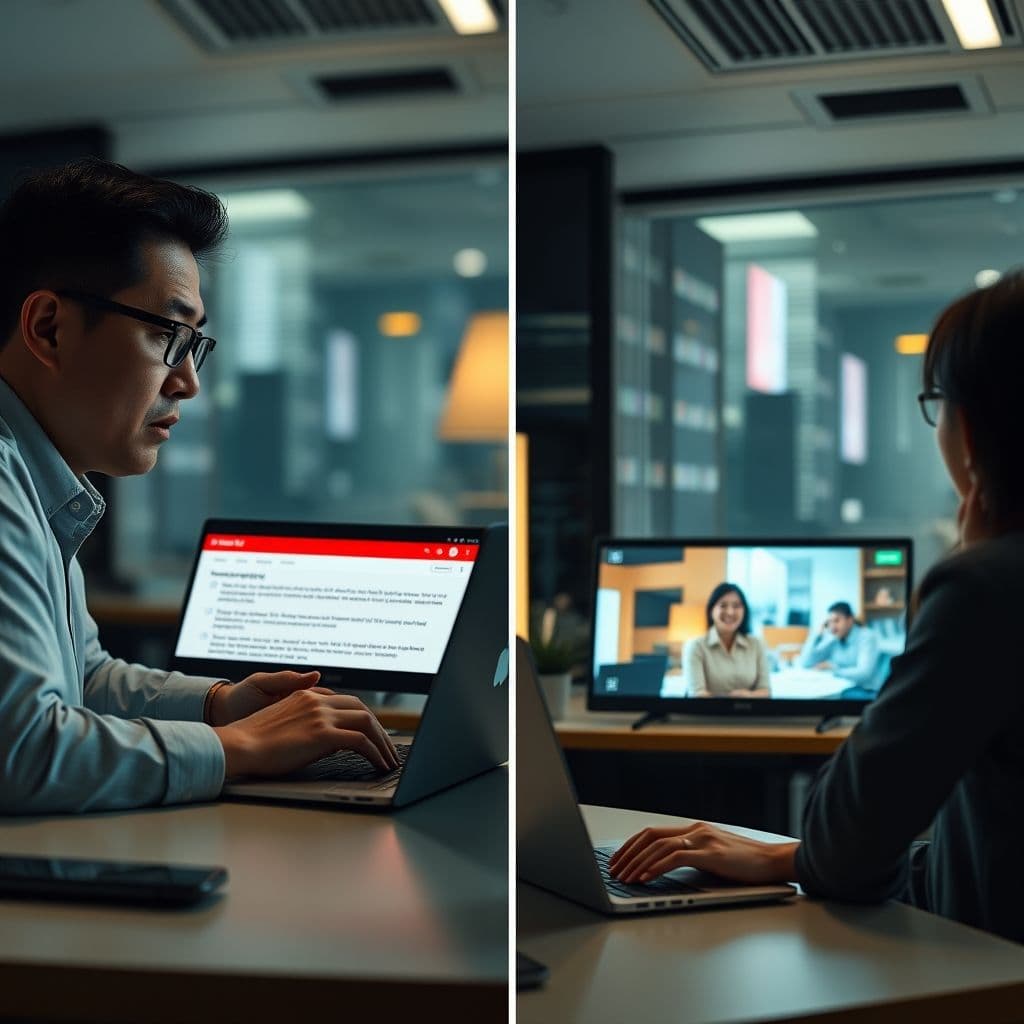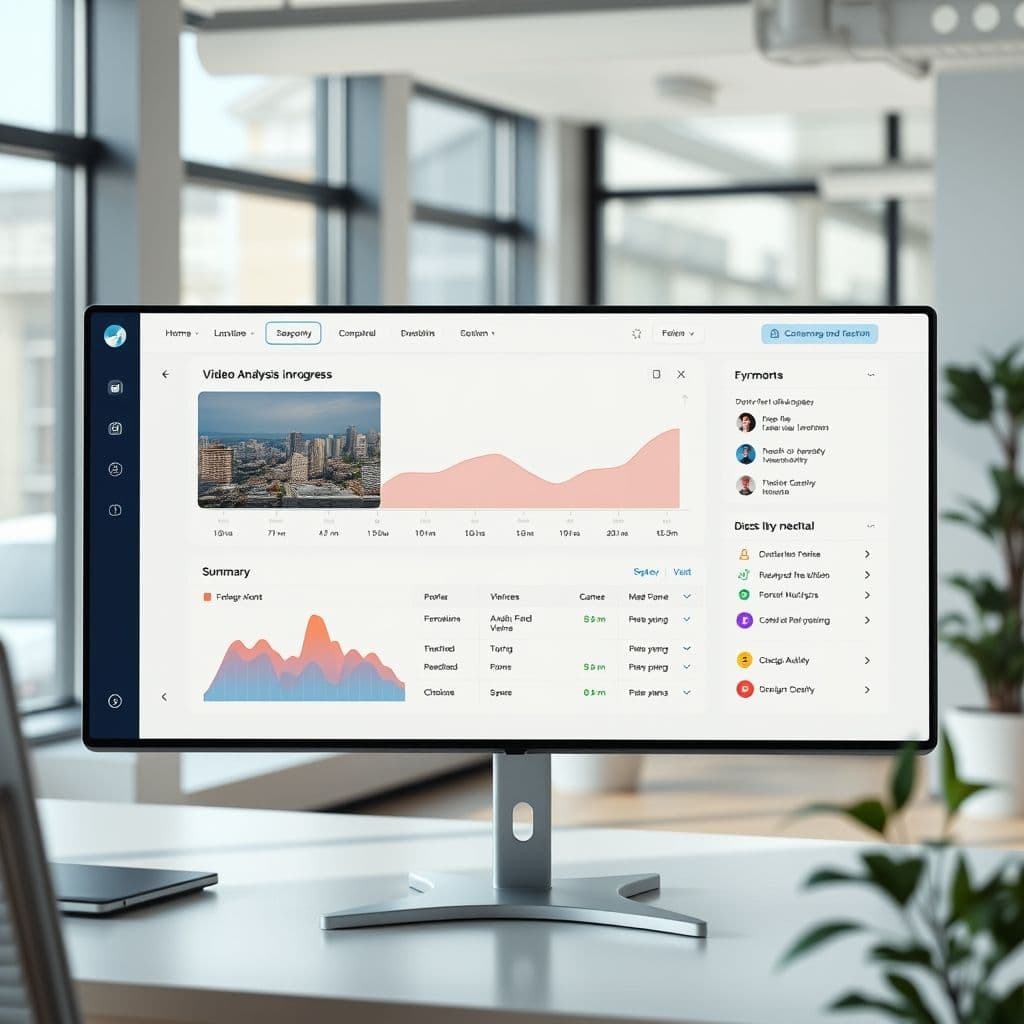Revolutionizing Video Summarization: A SaaS Solution for Accurate AI-Powered Summaries

In today's fast-paced digital world, video content dominates our information intake. Yet, as many ChatGPT users have discovered, AI-powered video summarization remains frustratingly limited. Comments like 'It can’t summarize based off a YouTube link but Gemini can' and 'ChatGPT hallucinates summaries' reveal a significant pain point in our workflow efficiency. What if there was a specialized SaaS solution designed specifically to overcome these limitations?
The Problem: Why Current AI Video Summarization Falls Short
The fundamental issue lies in how most AI tools approach video content. Rather than analyzing the actual video, they often rely on metadata, transcripts, or make educated guesses - leading to what users describe as 'hallucinated' summaries. This creates several problems: wasted time verifying inaccurate information, missed key points in educational content, and frustration when the tool simply refuses to work due to platform restrictions like YouTube's privacy policies.
User comments highlight specific pain points: 'Number one works until you realize that your ChatGPT hallucinate and is giving you summaries based on what it thinks you might be showing it rather than watching the entire video.' Others note geographical limitations: 'The price of Chat plus is too expensive in Ghana. Like 250 cedis? That could feed an average family for 2 days.'

SaaS Solution: How Advanced Video Summarization Could Work
Imagine a dedicated SaaS platform that truly understands video content. Unlike current solutions, it would employ frame-by-frame analysis combined with advanced audio processing to create accurate, context-aware summaries. The system could identify key visual elements, speaker changes, on-screen text, and even emotional tone - providing summaries that reflect the actual video content rather than making educated guesses.
Key features might include: multi-platform support (YouTube, Vimeo, private videos), adjustable summary length, highlight reels of most important segments, and integration with note-taking apps. The platform could offer tiered pricing to address cost concerns in developing markets while maintaining premium features for power users.

Potential Use Cases and Benefits
Students could quickly digest lecture videos while ensuring they don't miss critical diagrams or equations. Professionals might scan through hour-long conference presentations in minutes. Content creators could analyze competitors' videos for trends. The benefits go beyond time-saving - it's about accuracy and confidence in the information received.
As one commenter noted, 'Didn't know I needed the first hack till I saw it.' A dedicated video summarization tool could become equally indispensable for anyone who regularly consumes video content for work or education.
Conclusion
While current AI tools offer glimpses of video summarization capabilities, dedicated SaaS solutions could revolutionize how we interact with video content. By addressing the core issues of accuracy, platform compatibility, and cost, such a tool could save countless hours while providing reliable information. As video continues to dominate digital communication, the need for specialized summarization technology becomes increasingly urgent.
Frequently Asked Questions
- How would this SaaS differ from ChatGPT's current summarization capabilities?
- Unlike ChatGPT which often relies on metadata, this hypothetical solution would analyze actual video frames and audio, providing summaries based on visual content, speaker changes, and on-screen information rather than making educated guesses.
- Would this tool work with all video platforms?
- In theory, it could support multiple platforms including YouTube, Vimeo, and private video hosting. The solution would need to navigate platform-specific APIs and privacy policies to ensure broad compatibility.
- How difficult would it be to develop such a solution?
- Developing true video analysis capabilities requires significant computer vision and audio processing expertise, but recent advances in AI make it increasingly feasible. The main challenges would be processing speed, accuracy, and creating an intuitive user interface.


